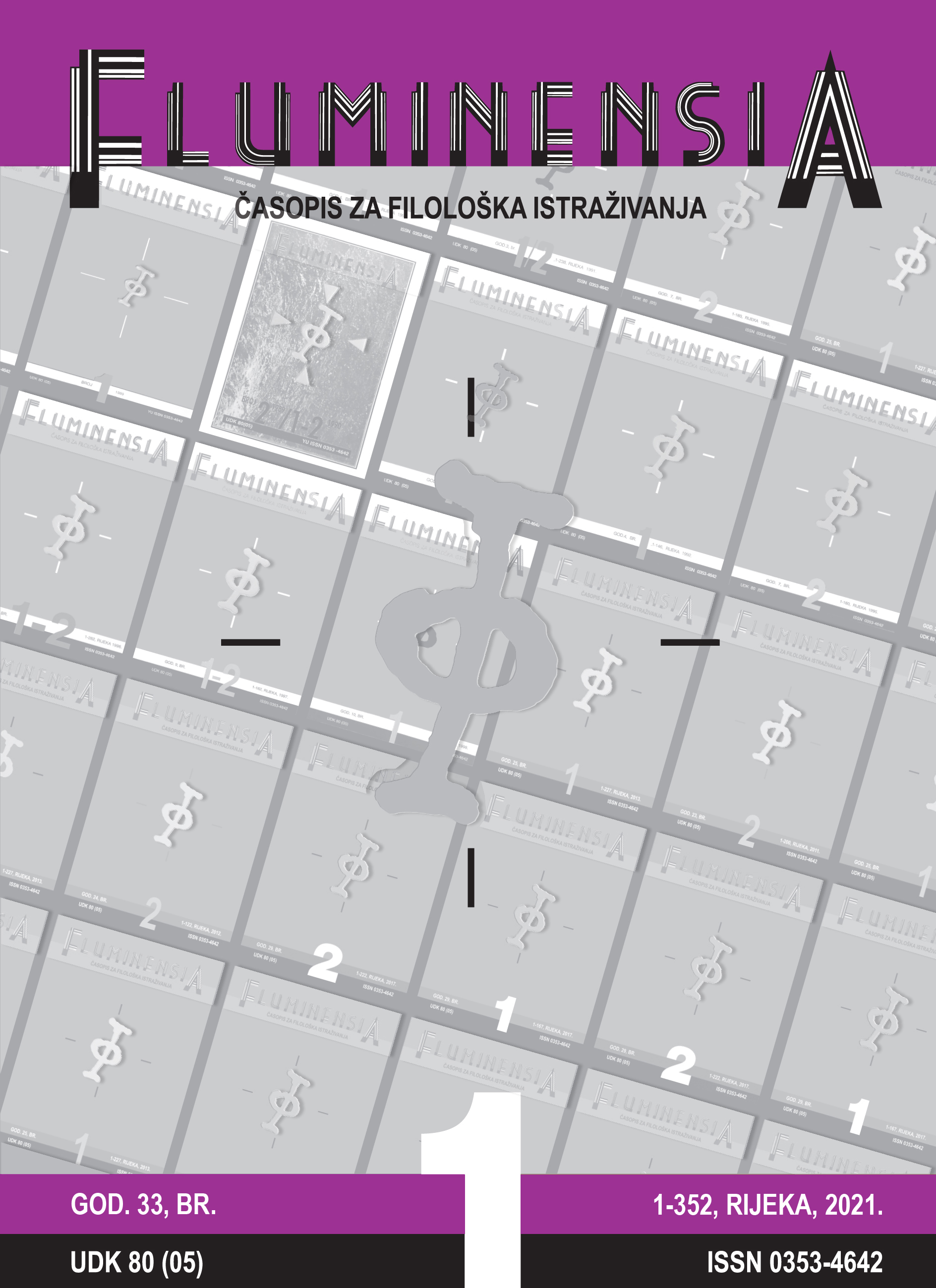THE CONSTRUCTION OF THE IDENTITIES OF THE MAIN CHARACTERS IN THE LITERARY SERIES DIARY OF A WIMPY KID BY JEFF KINNEY, TIMMY FAILURE BY STEPHAN PASTIS AND THE SERIES ABOUT MIRKO BY MELITA RUNDEK AND THE ILLUSTRATOR MARTIN ZALAR
Keywords:
identity, polyphony, processuality, the role of illustrationAbstract
The author discusses the constructions of the identities of the main characters in two American and one Croatian literary series, which nurture the connection and intertwining of illustration with text, and are intended for the modern reader. Starting from the definition of the concept of identity as a multi-layered, polyphonic phenomenon based on the consideration of literary theorist A. Kos Lajtman, as well as polyphonic literary structures of the three selected books from the series Timmy
Failure, Diary of a Wimpy Kid and a series about Mirko, the author explains the starting points and characteristics of the three authorial modes of building the identity of the main characters. In doing so, she is particularly interested in the ways in which Jeff Kinney, Stephan Pastis, and the duo Melita Rundek and Martin Zalar delve into child psychology and incorporate illustration into storytelling. Reflections of B. Majhut, Š. Batinić and S. Narančić Kovač on the relationship between text and illustration in children’s books, S. McCloud on comics and H. Bergson on the humor in literature were the starting point for this part. The polyphony of a literary text is considered as the coexistence of different discursive models and strategies of shaping the identity of characters such as stylistic / semantic clash of discourse, presentation of incomplete perspective of teenagers, providing more possibilities and levels for text reception in readers of different ages, etc. All three series provide the visual side of novels in a multitude of ways. The polyphony of illustrations in shaping the identity of characters is considered at the levels of “encrypted” narrative code (irony, imagination, formal diversity of illustration, fragility of text), anecdotal excursions from the story (visualization of phrases, hyperbole and contrast, intertextuality), a phenomenon of visual self-awarenesscharacteristic of caricature illustration (chain alternation of text and image). Humor unites the poetics of all authors, and the abundance of text still holds the series firmly in the field of the novel genre. Still, the relationship between words and drawings is very dynamic and lively, so the novel gets closer to comics, even picture books, thus expressing its hybrid possibilities.

